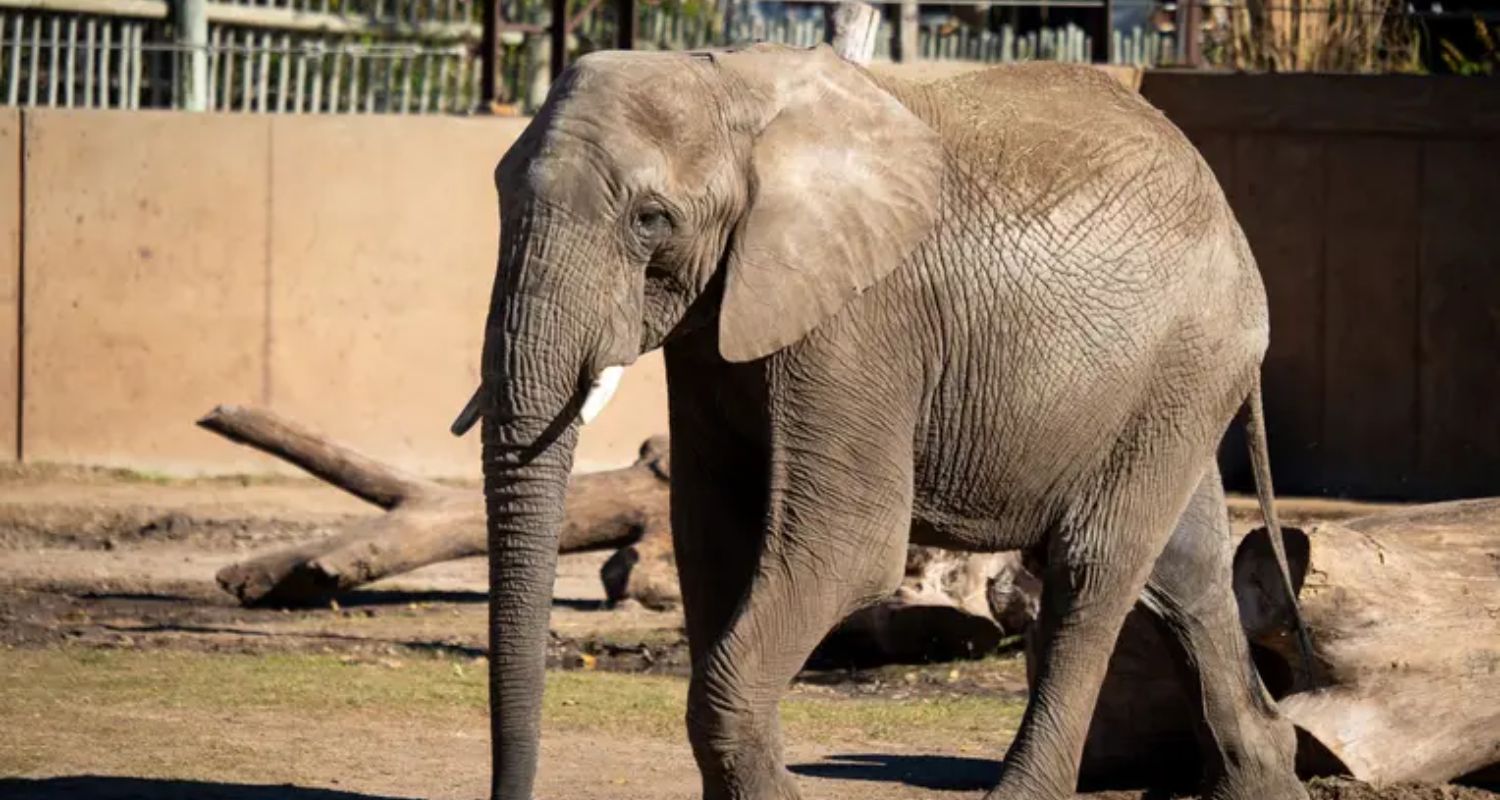At Barcelona Zoo, aging animals are receiving a new kind of attention — one that mirrors assisted living for humans. Among them is Bully, a 40-year-old African elephant who stretches her foot through a barrier each day for a gentle scrub and a treat of apple slices.
This routine pedicure is part of a specialised geriatric care programme designed for elderly animals who can no longer be released into the wild. The initiative reflects a growing global shift in zoos toward providing lifelong care for animals, particularly those who have spent much of their lives in captivity and would struggle to survive in natural habitats.
Pilar Padilla, head of mammal care at the zoo, explains that returning such animals to the wild would be a mistake, given the risks to their survival. Zoos, once known for showcasing exotic species for public entertainment, have in recent decades redefined their mission to focus on conservation, education, and animal welfare.
This evolution includes adapting care methods and environments to meet the changing needs of elderly animals. At Barcelona Zoo, this commitment is evident in areas like the Sahel-Savannah enclosure, designed to mimic natural habitats and provide a comfortable, spacious setting for aging residents.
Veterinary advancements have helped animals live longer, prompting institutions like the World Association of Zoos and Aquariums (WAZA) to stress the importance of geriatric care.
Martín Zordan, WAZA’s CEO, notes that elderly animals, much like humans, require special attention: regular health screenings, arthritis management, softer or specially prepared foods, nutritional support, mental health monitoring, and adapted enclosures for ease and safety.

The zoo's aging population includes not only elephants but also a 15-year-old wolf, a 17-year-old leopard and tiger, and elderly birds such as a flock of senior flamingos. Zoos across the globe, including those in Baltimore and Baton Rouge, are increasingly spotlighting their care for senior animals as part of their public mission and scientific responsibility.
At the heart of the Barcelona Zoo’s efforts are two female elephants, Susi and Bully, who are adjusting to life after the recent loss of their long-time companion, Yoyo, who passed away in December at the age of 54. Susi, now 52, is among the oldest known African elephants in captivity, and Bully, at 40, is also considered elderly. All three were captured in the wild and spent years in circuses and other zoos before arriving in Barcelona.
To better understand how elephants respond to the death of a companion, the zoo is collaborating with the University of Barcelona on a unique study examining the psychological and behavioral impact of Yoyo’s passing on Susi and Bully — a pioneering effort, particularly as the elephants are not from the same family.
According to Padilla, both animals initially showed signs of distress, including loss of appetite, but have gradually adjusted, with Susi stepping into the dominant role once held by Yoyo. The two now share food and appear to find comfort in each other's company.
A key indicator of an elephant’s age and health is the condition of their teeth. Elephants go through six sets of molars in their lifetime, and by around age 40, they lose the final set. According to zookeeper José María Santamaría, this tooth loss marks the beginning of physical decline.
As a result, Susi and Bully are given carefully prepared meals suitable for toothless mouths, receive daily medical attention, and live in an enclosure with a soft, sandy floor that eases the strain on their aging legs.
The zoo’s attention to such details reflects a broader commitment to ensuring that animals age with dignity. As Martín Zordan puts it, these measures are taken “because we care about these animals living comfortably and leading lives with dignity.”
This evolving approach to animal care underscores a future in which zoos are not just places of display, but sanctuaries for aging wildlife.


